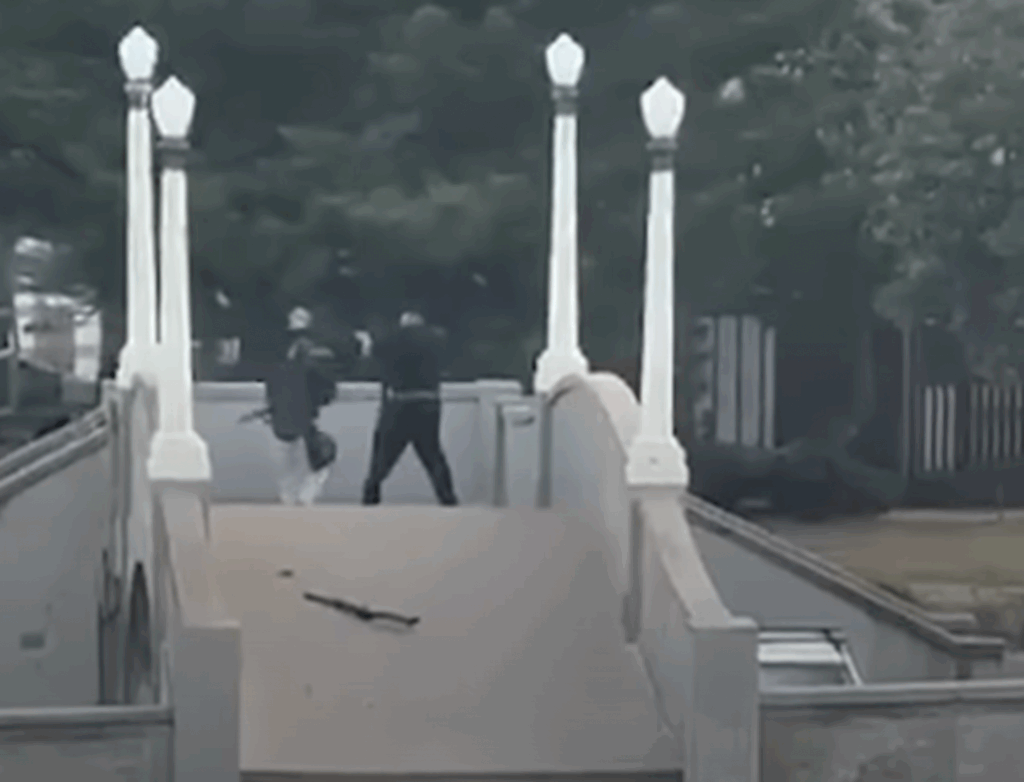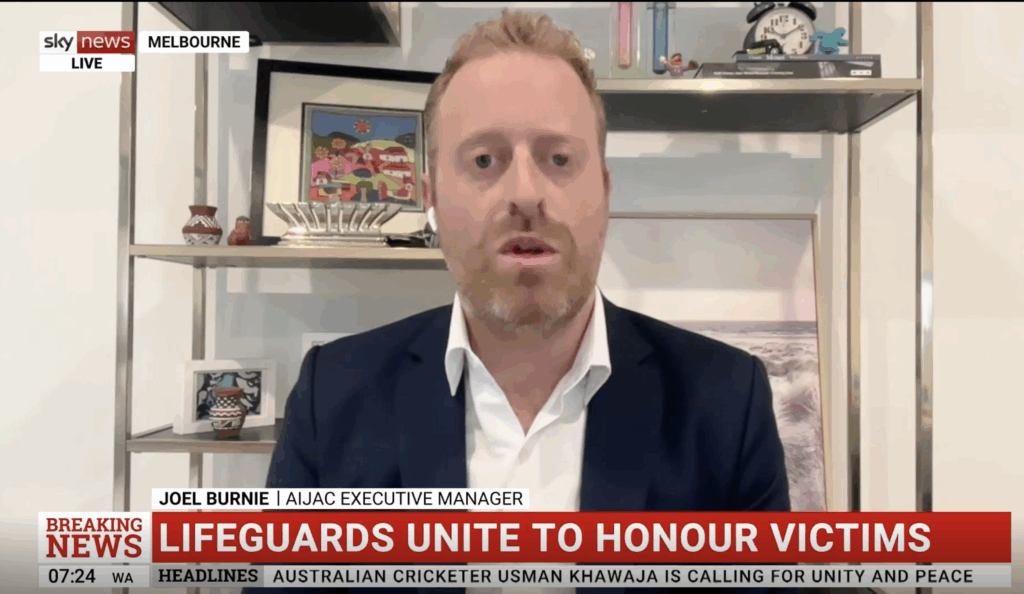UPDATES
Debunking two myths about Ariel Sharon
January 15, 2014 | Allon Lee

The passing of former Israeli Prime Minister Ariel Sharon has rightly attracted numerous assessments of his legacy in the Australian media.
For the most part this has seen sensible, balanced and sober judgements, but as to be expected, some deceitful and distorted claims are being put forward as fact. They need debunking.
In particular some have dismissed Sharon’s landmark withdrawal in August 2005 of all settlers and soldiers from Gaza as no more than a ruse to entrench Israel’s presence on the West Bank forever.
An obituary co-written by former Fairfax Middle East correspondent Ed O’Loughlin and Gerry Carman summarises this viewpoint.
Critics say his solution was to abandon all hope of negotiating peace and try instead to get rid of as many Palestinians as possible while keeping as much land as could be retained on security pretexts.
Leading Israeli political commentator Nahum Barnea described the manoeuvre as ”sacrificing a rook to defend the queen”; redeploying from Gaza in order to bolster Israel’s case for retaining much of the West Bank.
However, there is plentiful evidence that the Gaza withdrawal was not Sharon’s end game but a bold move to reinvigorate a moribund peace process blown asunder by the Second Intifada.
Exhibit A comes courtesy of Barak Ravid of the left-leaning Israeli newspaper Haaretz, a newspaper that was no fan of Sharon, to put it mildly.
Using both leaked Palestinian Authority documents and US diplomatic cables released by Wikileaks, Ravid shows that well before the withdrawal was enacted Sharon was looking beyond the next horizon. It is clear, in private conversations, he is committed to pursuing a two-state solution but only on condition that the Palestinians abandon terrorism.
The disengagement plan was approved by the “>Sharon hosted two U.S. senators in his office – Chuck Hagel, who is now defense secretary, and Joe Biden, now vice president. According to an American cable, Sharon stressed to Biden and Hagel that he was committed to making peace with the Palestinians despite the major domestic struggles he would face “from a left that has no power, and a right which was totally opposed to his initiative.”…The report added that Sharon assured them that if disengagement went off successfully, the Road Map could then be implemented in stages, as had been envisioned by then-U.S. President George W. Bush.
On December 27, 2004, “> West Bank and Jerusalem. Kurtzer noted that Sharon put emphasis on annexing the major settlement blocs, implying he would concede other parts of the West Bank, and that while he would not even discuss dividing Jerusalem, he would consider handing over some Arab neighborhoods, “but not the Temple Mount, Mount of Olives or the City of David.”
Two weeks later, on January 10, 2005, “>Sharon, Abbas and their advisers met again, this time at the Prime Minister’s Residence in Jerusalem… Sharon hinted that if there was calm during the disengagement operation, “Israel will be able to take further steps in the future. If there are terror attacks, however, the disengagement will be put on hold.”
Another instructive piece of evidence that Sharon was committed to a Palestinian state and understood that this would entail territorial retreats on the West Bank comes from the party platform of the Kadima Party in November 2005. At that time, Kadima was very much Sharon’s project and he had not yet suffered a stroke – it is therefore inconceivable that it would include anything in its platform with which he disagreed.
The document explicitly dedicates the newly formed party to ending “the Israeli-Palestinian conflict and achiev[ing] two states for two nations will be the road map. It will be carried out in stages: dismantling terror organizations, collecting firearms, implementing security reforms in the Palestinian Authority, and preventing incitement. At the end of the process, a demilitarized Palestinian state devoid of terror will be established.” (emphasis added)
Furthermore, the platform co-opted the language of the Oslo land for peace formula, presenting a vision for peace that would see “Jerusalem and large settlement blocks in the West Bank… kept under Israeli control” again strongly implying Sharon was prepared to concede the rest.
Another calumny pinned on Sharon is the allegation that his visit as opposition leader to Jerusalem’s Temple Mount platform/Haram al-Sharif on September 28 2000 with police protection was so provocative that it alone caused the Second Intifada to erupt. (Some reports have even implied or stated that Sharon entered the Al-Aqsa mosque itself, which is simply untrue. He visited the 35-acre walled compound, Judaism’s holiest site, but did not enter any Muslim shrines or places of worship.)
It was a poor argument in 2000 and has become unquestionably more obtuse in the intervening years with the preponderance of written, audio and video testimony by major figures on the Palestinian side attesting to the fact that the Second Intifada was carefully pre-planned by Yasser Arafat with Sharon’s visit merely the pretext.
A collection of the most self-incriminating boasts by Palestinian officials has been collected on Israeli NGO Palestinian Media Watch’s website. Quote after quote from Palestinian officials amount to witness statements testifying that Arafat – who ordered, encouraged and funded acts of terror against Israeli civilians – could teach Sharon a thing or two about the true meaning of the words “war criminal.”
Some choice quotes on the culpability for the Second Intifada include:
– Deputy Director of the PA’s Political and National Education Authority Mazen Izz Al-Din reported in January 2013, Arafat’s wife Suha recounts:
Internal Security Minister Shlomo Ben-Ami permitted Sharon to go to the Temple Mount – Judaism’s holiest place – only after calling Palestinian security chief Jabril Rajoub and receiving his assurance that if Sharon did not enter the mosques, no problems would arise. The need to protect Sharon arose when Rajoub later said that the Palestinian police would do nothing to prevent violence during the visit.
Sharon did not attempt to enter any mosques and his 34 minute visit to the Temple Mount was conducted during normal hours when the area is open to tourists. Palestinian youths-eventually numbering around 1,500-shouted slogans in an attempt to inflame the situation. Some 1,500 Israeli police were present at the scene to forestall violence.
In fact, as Jewish Virtual Library explains, “the violence started before Sharon’s September 28, 2000, visit to the Temple Mount. The day before, for example, an Israeli soldier was killed at the Netzarim Junction. The next day, in the West Bank city of Kalkilya, a Palestinian police officer working with Israeli police on a joint patrol opened fire and killed his Israeli counterpart.”
Ultimately, whilst no one would argue that Sharon was anything but a tough leader and at times a controversial one, there is no excuse for repeating either of these all too common myths about him.
– Allon Lee
Tags: Israel





